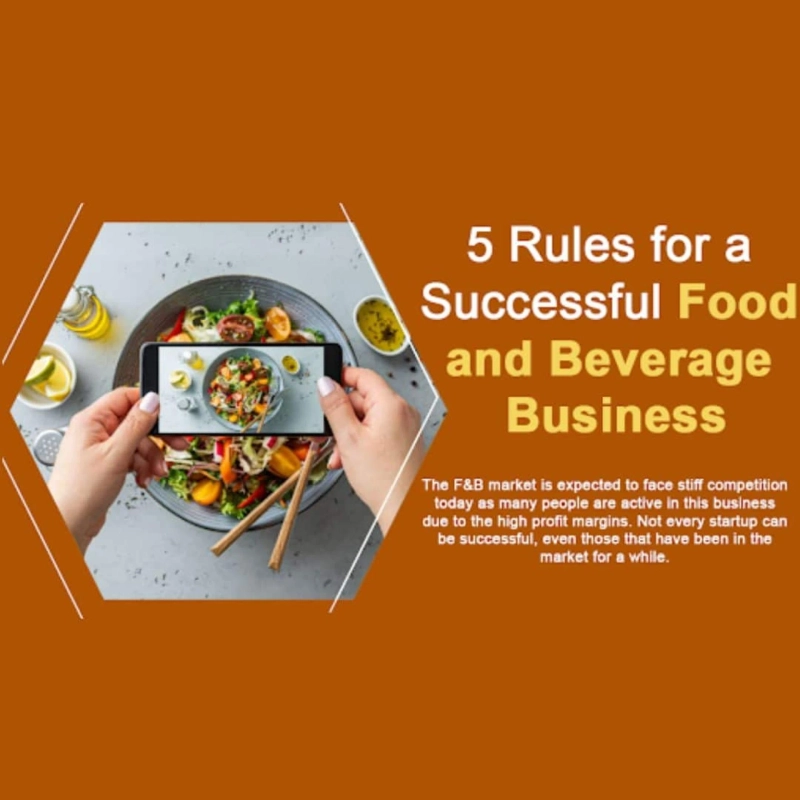5 Rules for a Successful Food and Beverage Business
Discover the basic rules for thriving in the food and beverage industry. Learn strategies for success in this cutthroat market and watch your business grow.


Discover the basic rules for thriving in the food and beverage industry. Learn strategies for success in this cutthroat market and watch your business grow.

